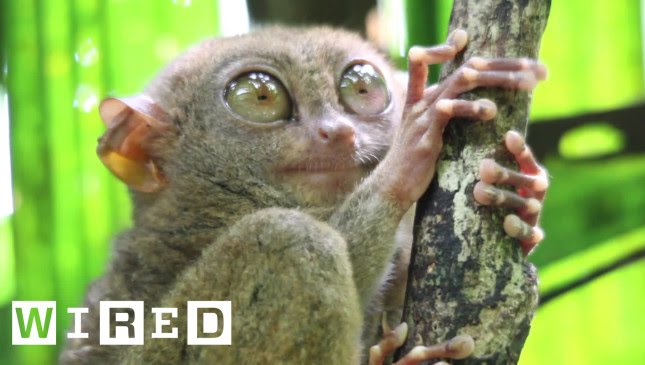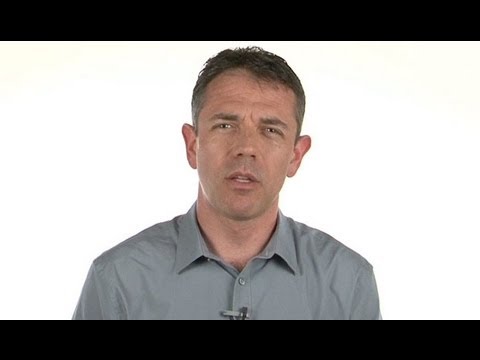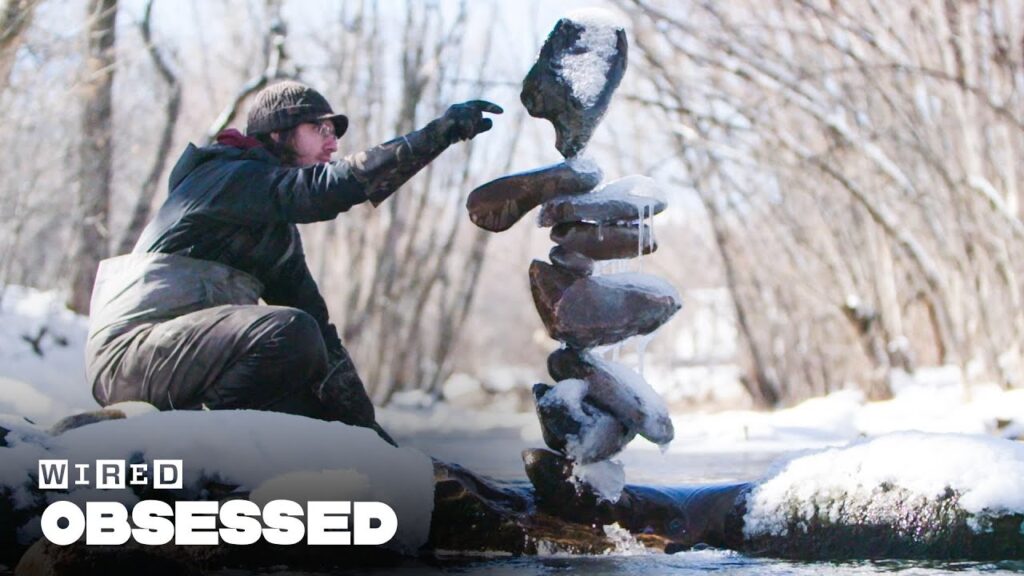The Role of Insects in Solving Mysteries of Death: A Forensic Entomologist’s Perspective
Summary
Insects play a crucial role in solving mysteries of death. Forensic entomologists are experts who collect evidence from insects to help during investigations. The post-mortem interval (PMI) is the time since death and can be estimated by analyzing the life cycle of flies. The temperature of the environment influences the growth of insects, and this is an essential factor in determining the PMI. Forensic entomologists use different methods, such as successional waves, to estimate PMI for older cases. The discipline of forensic entomology is holistic and combines information from insects with environmental and meteorological data to give justice to the victim.
Table of Contents
- The Post-Mortem Interval and the Role of Insects
- Estimating PMI by Analyzing the Life Cycle of Flies
- Successional Waves Methodology for Older Cases
- Insects: The Witnesses of the Death That Happened Contained Within Something
- Research on Interactions of Insects with Bodies during Winter
Introduction
Insects are tiny witnesses that provide crucial evidence in solving mysteries of death. As a forensic entomologist, we use these tiny witnesses to bring justice to the victim. Wired recently spoke with Dr. Pola Magni, who is one of the many experts that work at a crime scene to provide more information to the course of an investigation. In this article, we will discuss the importance of insects and how they can help estimate the time since death.
Q&A
The Post-Mortem Interval and the role of Insects
Q: What is the post-mortem interval, and how does it affect the role of insects in investigations?
A: The post-mortem interval, or PMI, is considered the time since death. It is the time between the moment of death and the identification of a dead body. Typically, pathologists work within 72 hours after death. After this time, the typical signs of death, the rigor mortis, algal mortis, liver mortis, cannot be used anymore. But this is precisely the perfect time for insects to colonize the body and start what we call the biological clock, which forensic entomologists use to investigate and estimate the PMI. Insects can provide an alibi to somebody or destroy an alibi for somebody else.
Q: How do insects help determine the time since death?
A: Estimating the PMI relies on analyzing the life cycle of flies. Their development, from egg to adult, can be predicted based on environmental conditions. Insects grow faster or slower based on the environmental temperature. And there were maggot masses active on the body. If outside, there were 25 degrees, inside of the maggot mass nearly 28 degrees. Forensic entomologists can collect the maggots and identify the species and temperature to backtrack the time since death.
Estimating PMI by Analyzing the Life Cycle of Flies
Q: Can you explain how the environmental temperature is an essential factor in determining the PMI?
A: The temperature of the environment influences the growth of insects, and this is a significant factor in determining the PMI. Insects never lie, and they are attracted to the smell of decomposing bodies. Some insects are interested in the fresh decomposition, some highly decayed, and some when the body is just bone. Based on the type of insect found, forensic entomologists can estimate how long the body has been there.
Q: Can you discuss a case where you used insects to back up or refute a suspect’s alibi?
A: In one case, there was already somebody suspected of the murder, but the insects provided different information, giving an alibi to the suspect. The time since death was around the same time as a long exchange of messages and phone calls with a certain person, helping investigators investigate specifically on someone else, ask the right questions, and close the case.
Successional Waves Methodology for Older Cases
Q: Can you discuss how successional waves help estimate PMI for older cases?
A: Successional waves refer to the different types of insects found at different stages of decomposition. Using this method allows forensic entomologists to estimate PMI for older cases. In one case, we had to identify which insects were belonging to the body and which one to the house. All of these insects were giving us information about how many successional waves had passed by to estimate the time since death. We realized that the body was lying in the place where we found it for at least a year and a half.
Q: How do larder beetles create unusual structures on mummified bodies, and how do you use this information to estimate the PMI?
A: The body was nearly mummified by the bugs, and specifically one type of bug called larder beetles created a very strange structure that looked like threads on the body. When the body is mummified, or when I find just bones on a very old body, I use another technique called the successional waves methodology.
Insects: The Witnesses of the Death That Happened Contained Within Something
Q: How do insects try to colonize bodies that are contained within something?
A: Insects have a physical impediment to reach the body, but they don’t give up. Blowflies will lay eggs on the zip, and the female of coffin flies can pass through the zip and reach the body. Insects try their best to reach the body because the body means food and a place for their offspring’s growth and survival.
Q: Can you discuss the research that your group is developing to find how insects interact with bodies contained within a suitcase during the winter?
A: Despite the fact that cases where bodies are found contained in something happen all around the world and often, scant research has been conducted. My research group is trying to find out how insects can interact with bodies contained within a suitcase during the winter period compared to a trash can. This research will allow us to give more information to investigators if cases like this happen in Western Australia.
Conclusion
In conclusion, insects play a crucial role in solving mysterious deaths. Forensic entomologists collect evidence from insects to help determine the time since death. The temperature of the environment influences the growth of insects, and this is a critical factor in determining the PMI. Forensic entomologists use different methods, such as successional waves, to estimate PMI for older cases. The discipline of forensic entomology combines information from insects with environmental and meteorological data to give justice to the victim.







